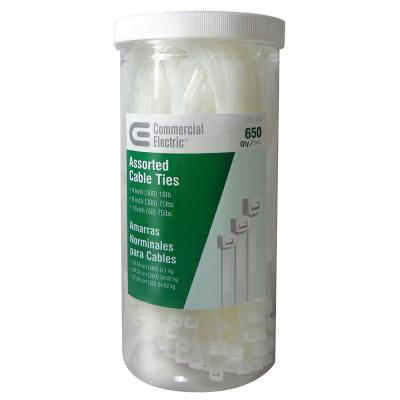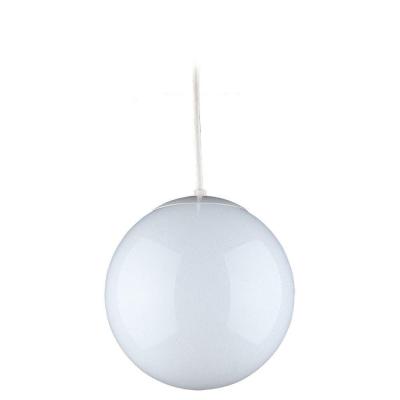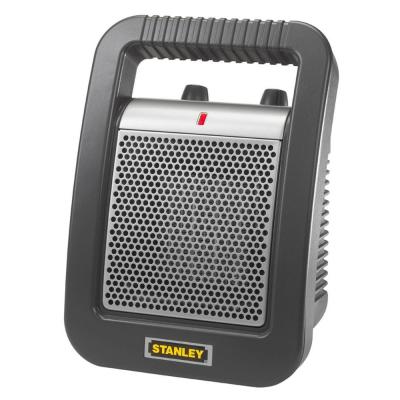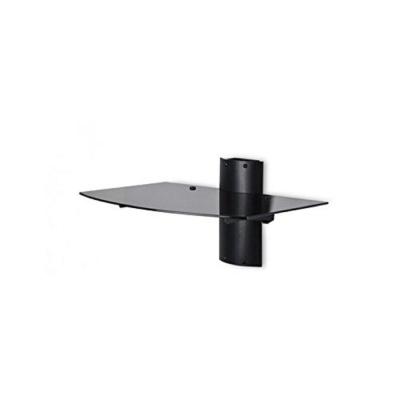10 Best reputed handyman electrician - Repairman Blog Pages - If the fire spreads outside the pan, cover it with salt or baking soda to quickly and effectively put the fire out. You don’t want to keep sending electricity through a short any longer than you have to. Just make sure you use oven mitts or some other form of hand protection when you finally remove it. If the fire is contained in a pan, the best way to smother it is to use a metal lid to cover the pan and cut off the oxygen supply. Product Guide & List Prices on products, parts and accessories for rewiring a house, install ceiling fans, fuse panels, light, switches and outlets. If you have a grease fire in your kitchen, the best way to put it out is to smother it and deprive it of oxygen. Electrical fires can generally be fought the same way, but you should always move to unplug the device first if possible. If you don’t have a metal lid, a large baking sheet will do the job. These substances are made from non-flammable material, and will quickly cover and suffocate the fire from oxygen if applied properly ..More
- Circuit Breaker Replacement Detroit, MI
- Installing Circuit Breaker The Woodlands, TX
Why Electrical Problems Can Lead to Kitchen Fires
The kitchen is one of the busiest and most heavily-used rooms in your home. When it comes to fires, it’s also perhaps the most dangerous. With various fluids being used, such as oils and water, along with electrical appliances, heat sources, and more, it doesn’t take much for a simple mistake to lead to a potentially devastating blaze suddenly bursting to life. When it comes to kitchen safety, knowledge and care can go a long way, as can preparation should a fire ever start. Check out these valuable tips for learning how to avoid electrical fires in the kitchen and how to deal with one that starts.
The kitchen frequently uses water, oils, greases, and other substances alongside electricity in numerous situations. Your appliances all likely run on electricity, including your refrigerator, garbage disposal, dishwasher, and possibly even your stove and oven. While most of these devices are designed to keep all potentially-sensitive electronics away from any possibly damaging fluids, you likely still have exposed electrical plugs, extension cords, and more running along your countertops.
It doesn’t take much for a kitchen fire to start. Perhaps the most common type is a grease fire. If you ever work with hot oil on the stovetop, you’re probably well aware of how dangerous this substance is. In addition to having an extremely high burn risk, a single spark could cause a grease or oil source to quickly ignite, becoming a massive and difficult to deal with ordeal. This means you should be extremely cautious when using electricity to cook. Regularly inspect your plugs and cords for any signs of wear or fraying, and you should immediately stop using a device if you find any exposed copper at all—the risk of a potential fire far outweighs the cost of replacing a broken appliance.
Your microwave is a particularly interesting appliance in that it reacts violently with any metal placed inside it. If you’re not paying attention, it’s not difficult to accidentally stick something that isn’t microwave-safe in there, and usually by the time you figure it out it’s already too late.
If a fire does erupt in your microwave, opening the door should NEVER be the first thing you do. Fires need oxygen to breathe, and opening the door allows the oxygen to get in quickly, allowing the fire to grow and spread, and your problem will only get worse. Instead, the first thing you should do is unplug the device if possible and allow the fire to suffocate itself and go out before opening the door. Before you do, be prepared to dial 911.
Putting out a fire in your kitchen is rarely as easy as throwing water on it. In fact, in most cases water actually makes the problem worse. If you have an electrical fire, throwing water on it will probably only encourage more sparking and increase the chances of injury by electrocution. If you have a grease fire, throwing water on it will only cause the grease to splatter and continue to burn, potentially spreading the fire further (after all, water and oil don’t mix).
If you have a grease fire in your kitchen, the best way to put it out is to smother it and deprive it of oxygen. If the fire is contained in a pan, the best way to smother it is to use a metal lid to cover the pan and cut off the oxygen supply. If you don’t have a metal lid, a large baking sheet will do the job. Just make sure you use oven mitts or some other form of hand protection when you finally remove it. If the fire spreads outside the pan, cover it with salt or baking soda to quickly and effectively put the fire out. These substances are made from non-flammable material, and will quickly cover and suffocate the fire from oxygen if applied properly. Electrical fires can generally be fought the same way, but you should always move to unplug the device first if possible. You don’t want to keep sending electricity through a short any longer than you have to.
Finally, every kitchen should have a fire extinguisher in it. If you don’t, pick up a small Class B or Class ABC unit from your local hardware store (they’re not very expensive). These devices are approved to fight grease and kitchen fires because the retardant they use is dry, thus meaning you won’t have to worry about splattering that you would otherwise face with a different type.



